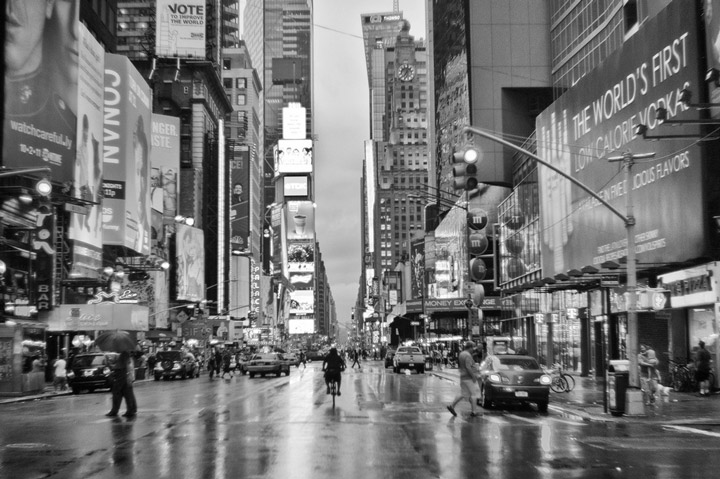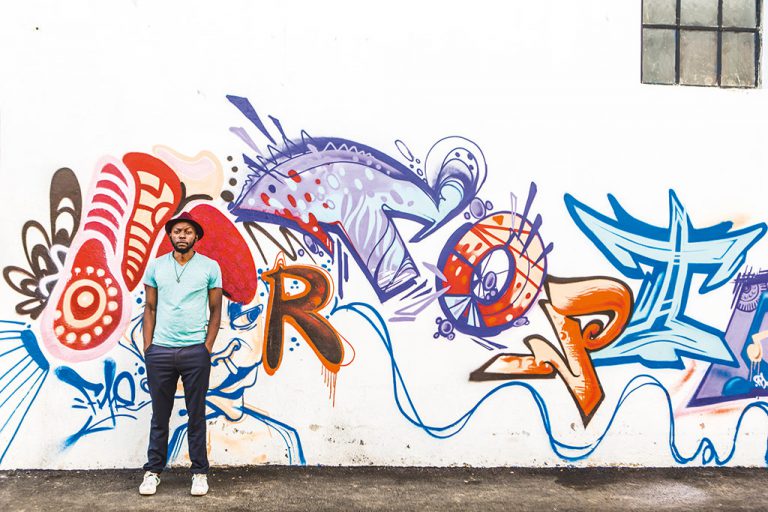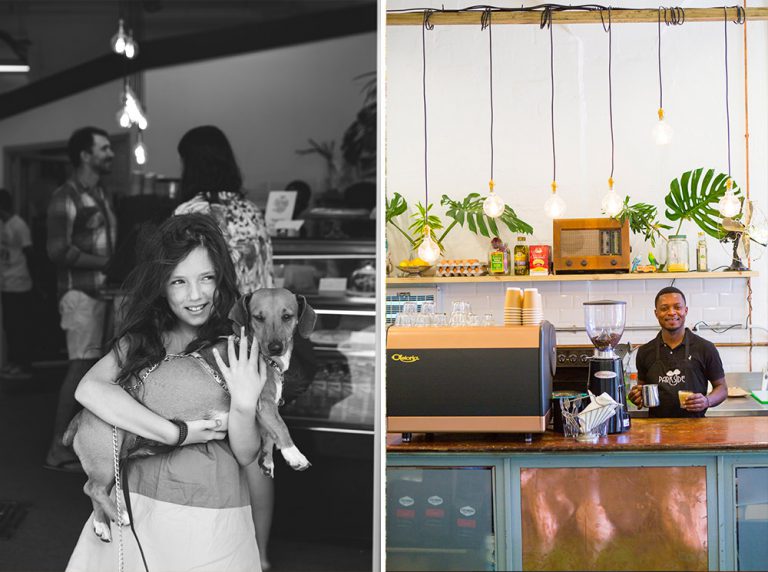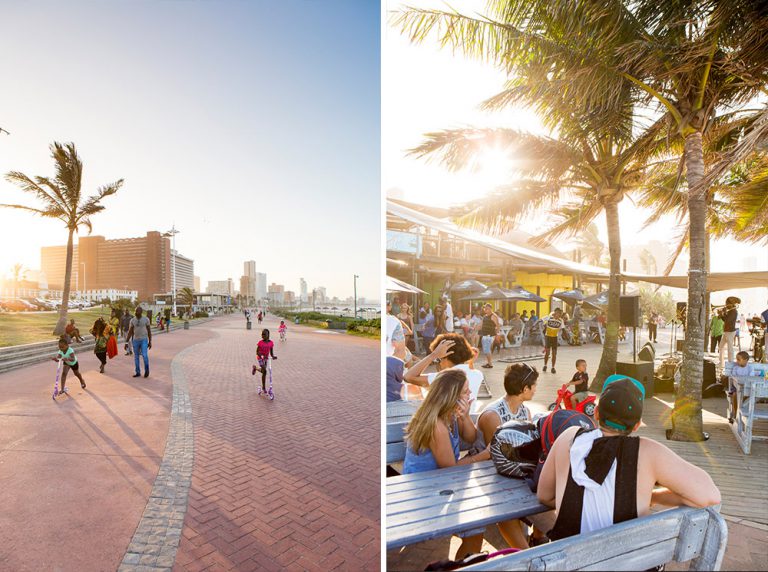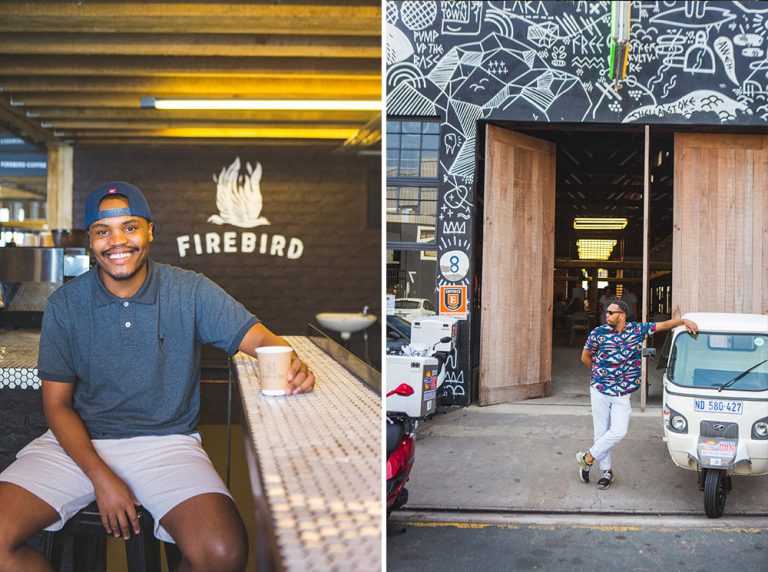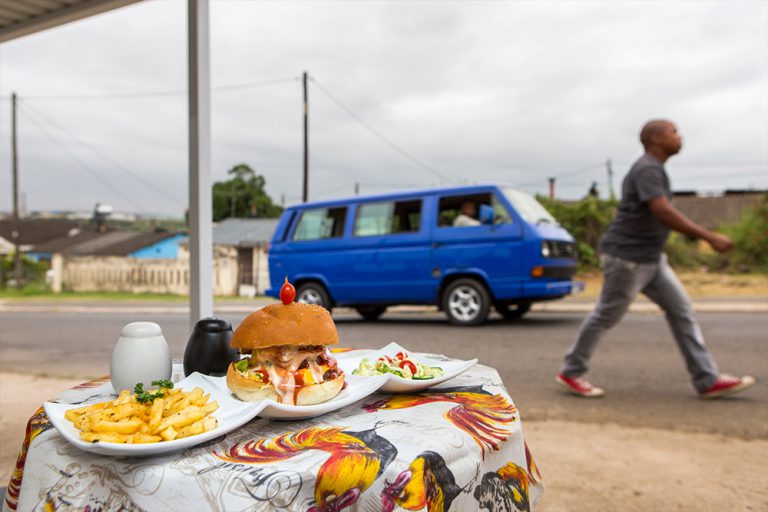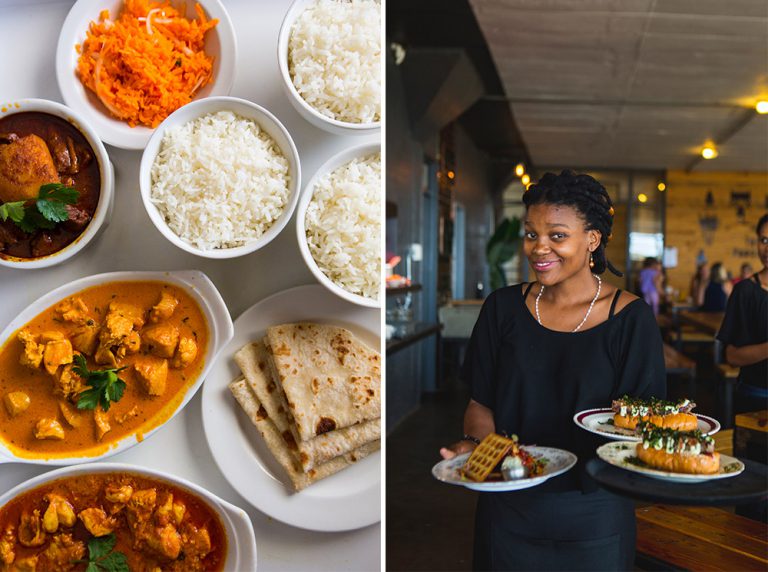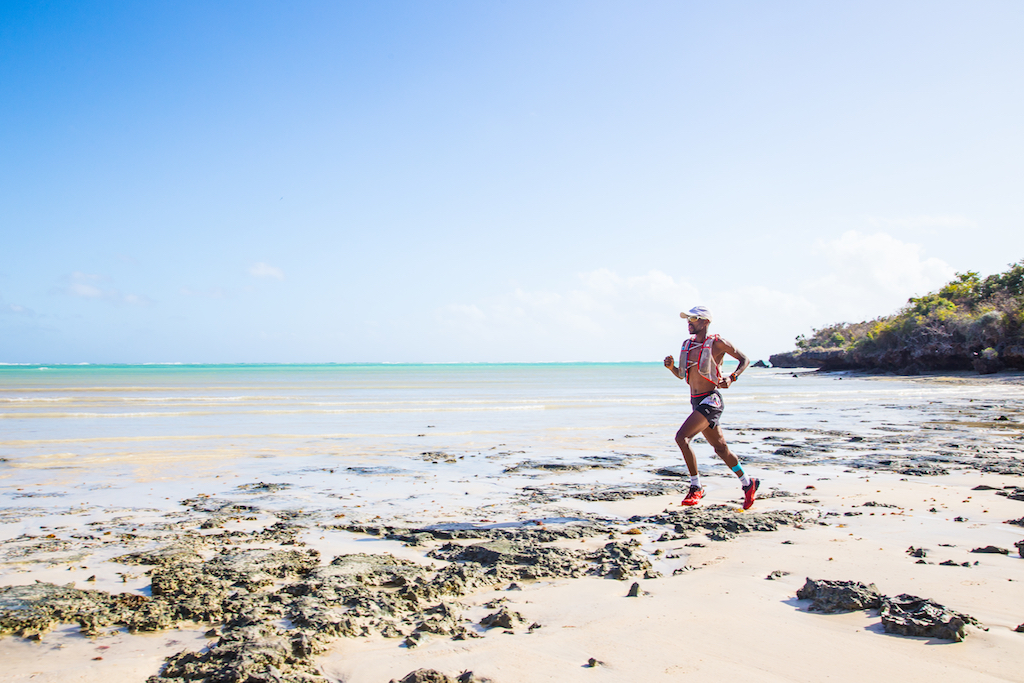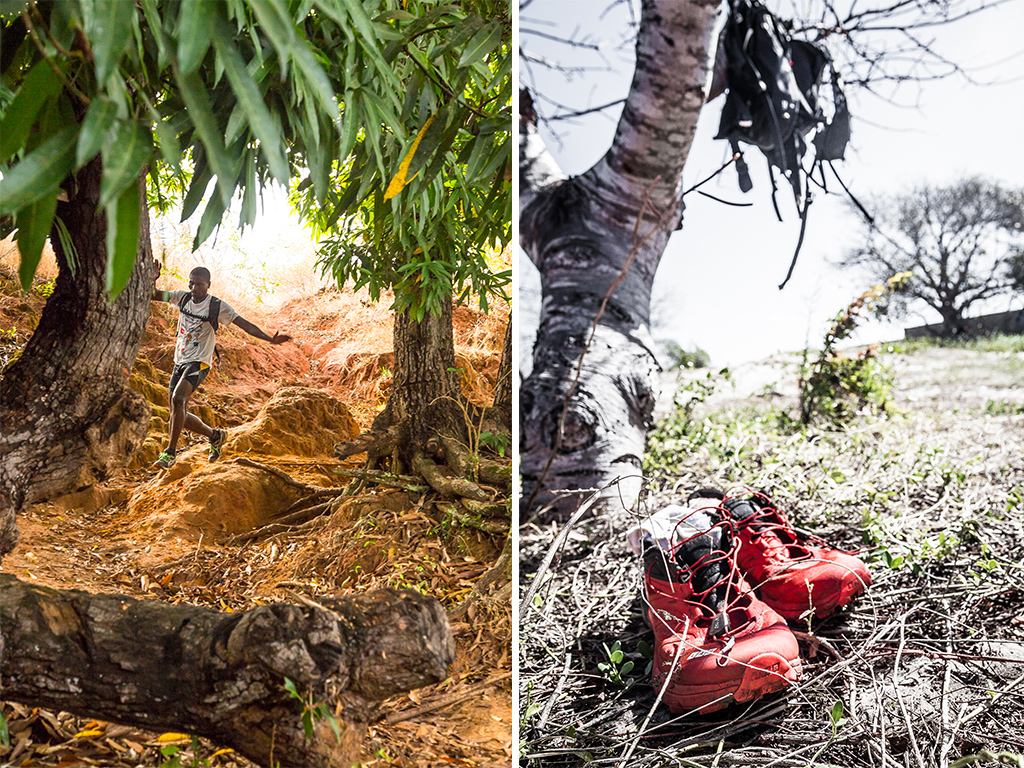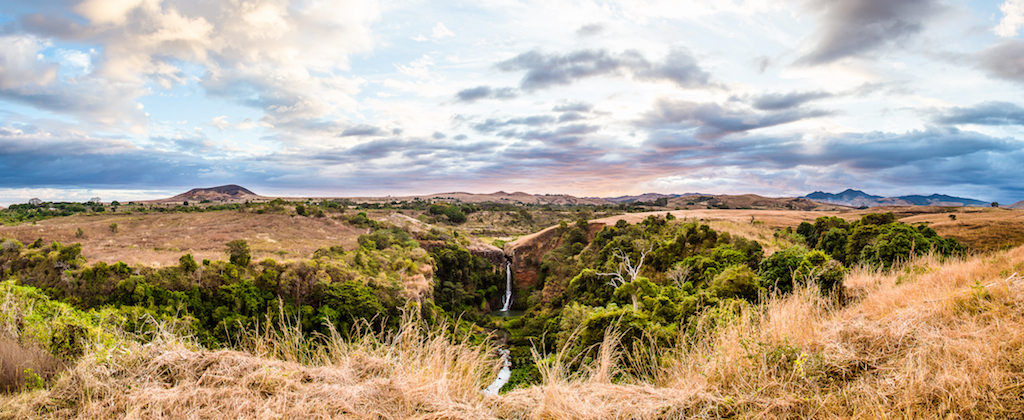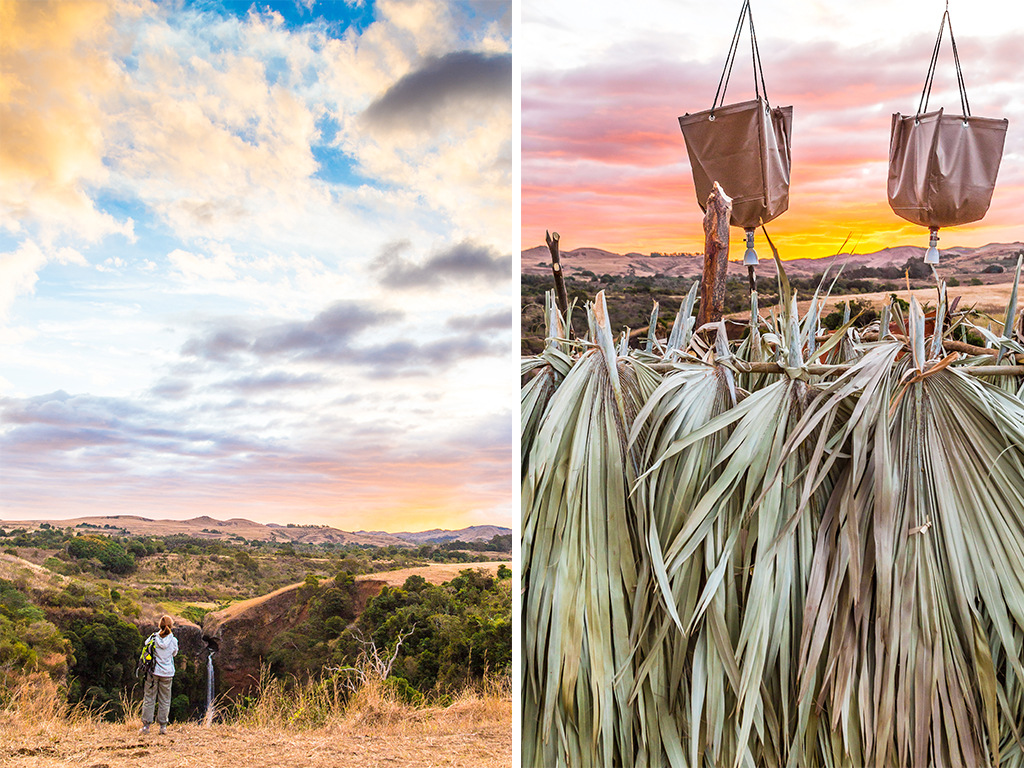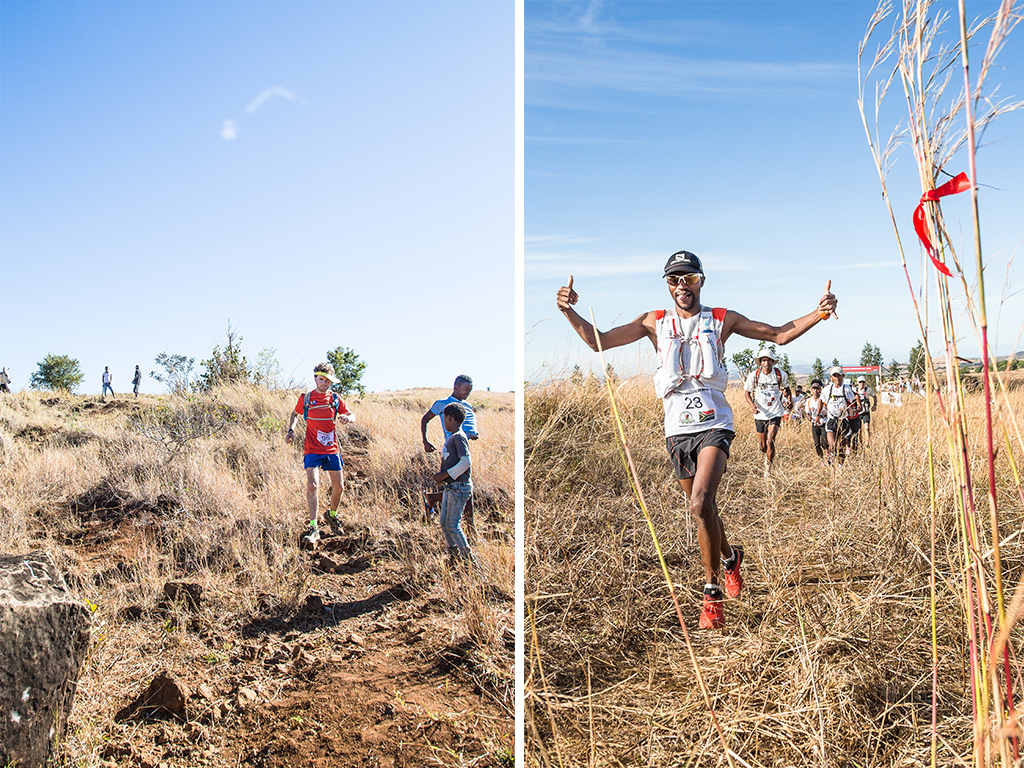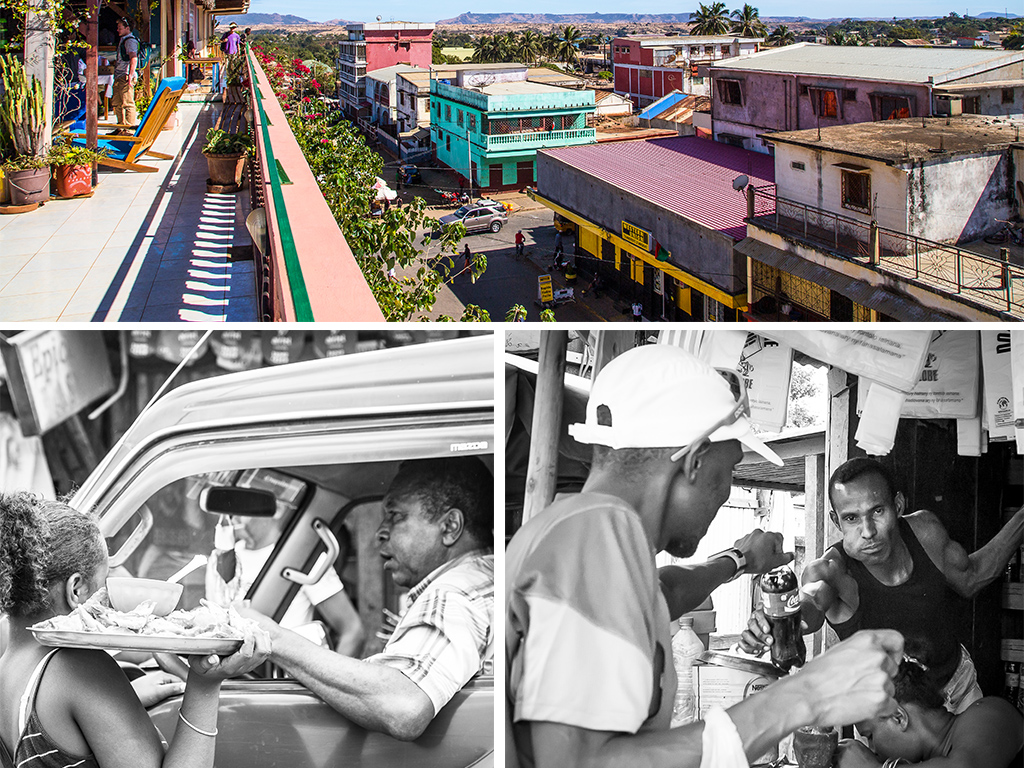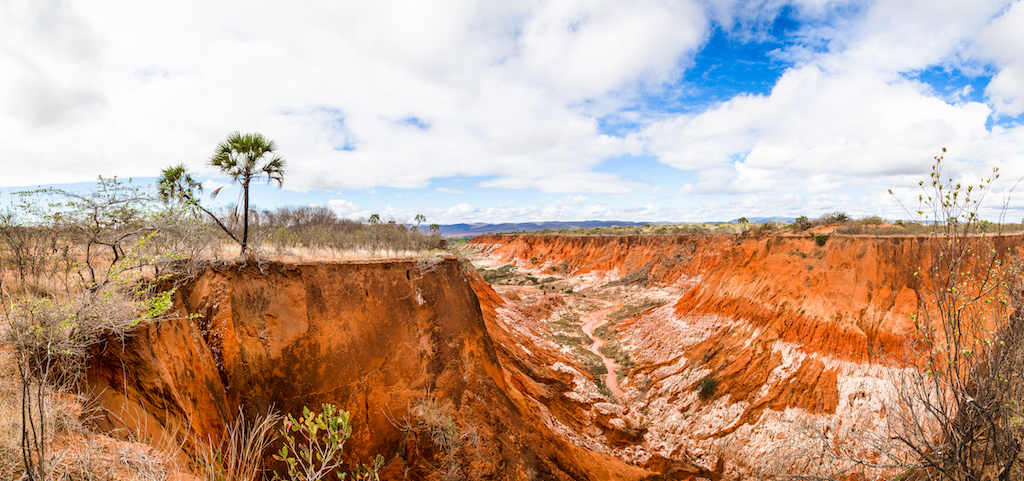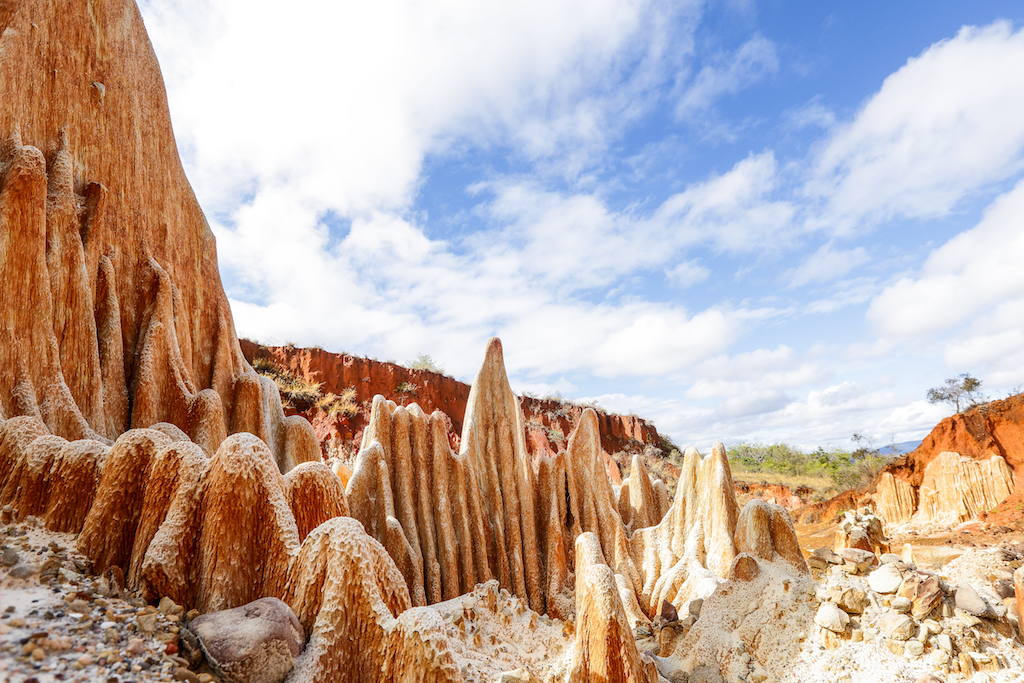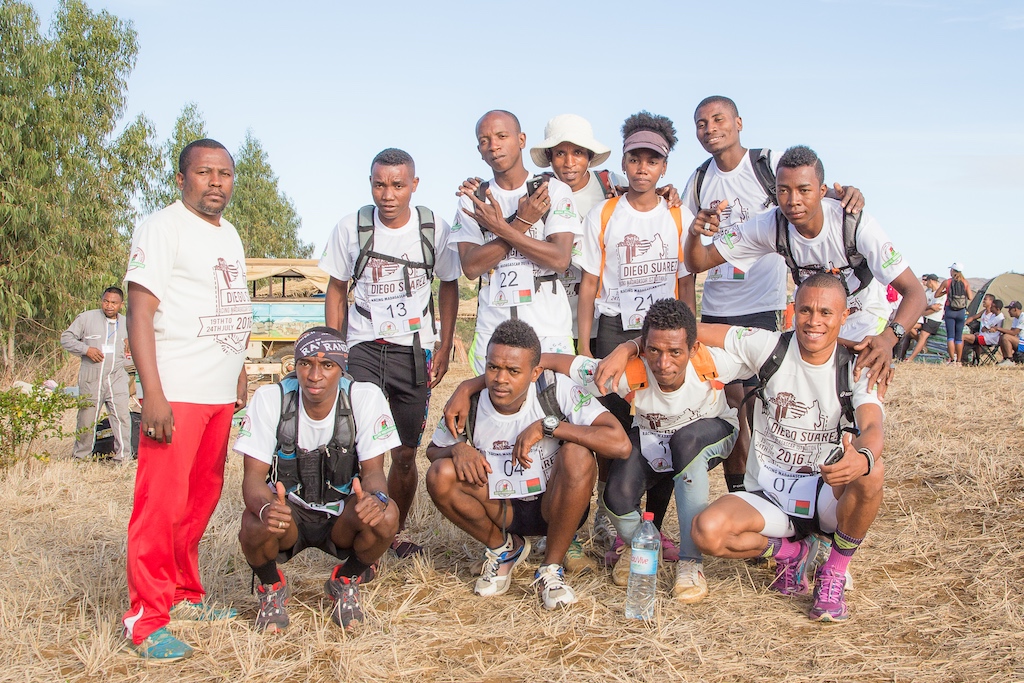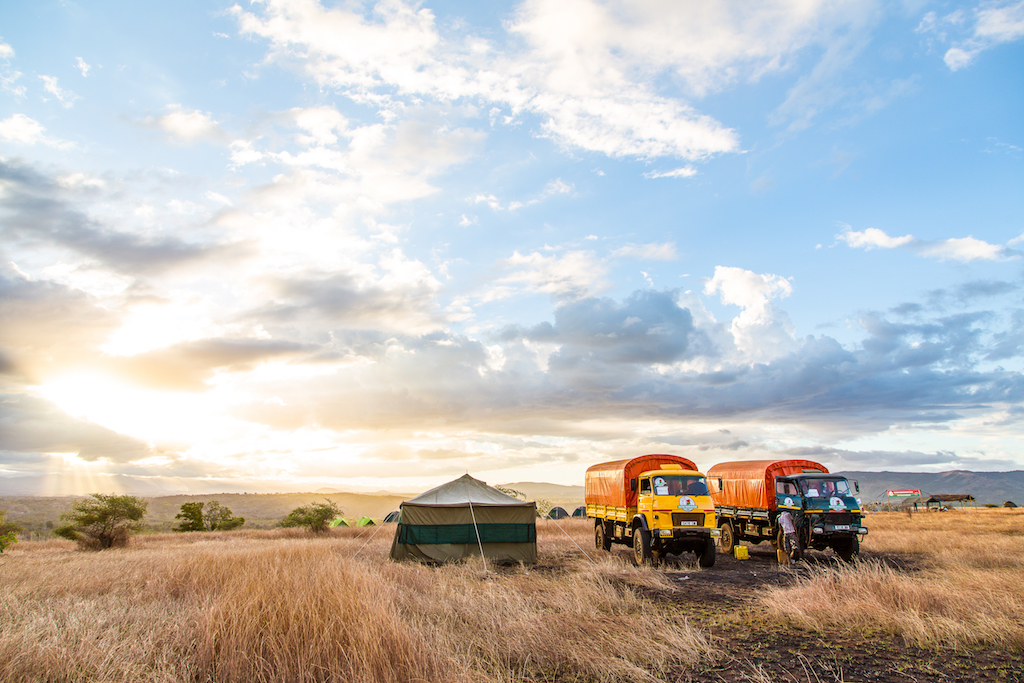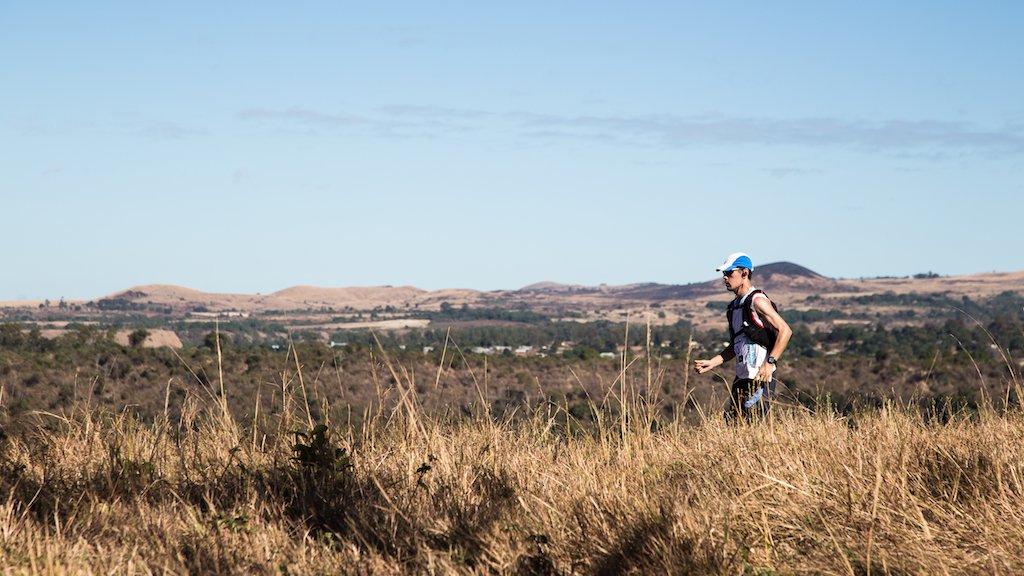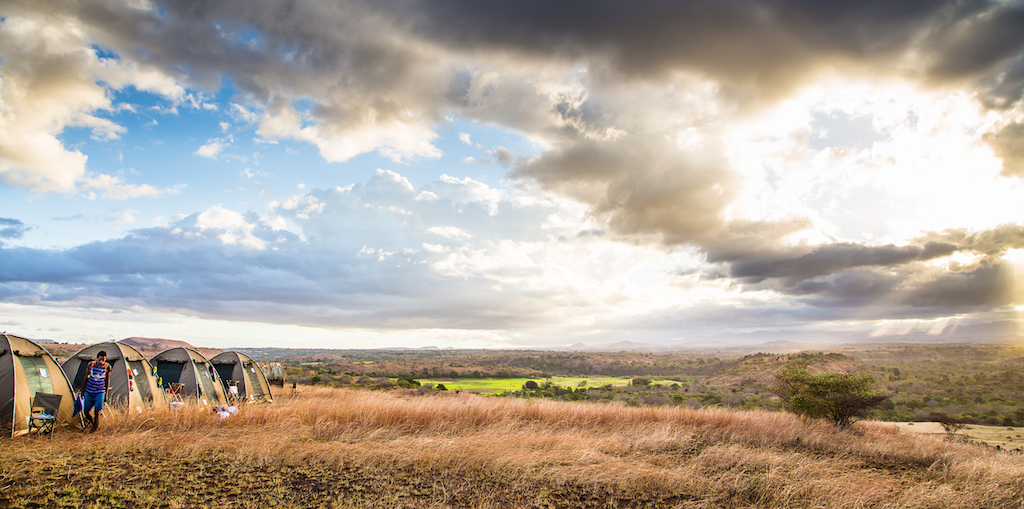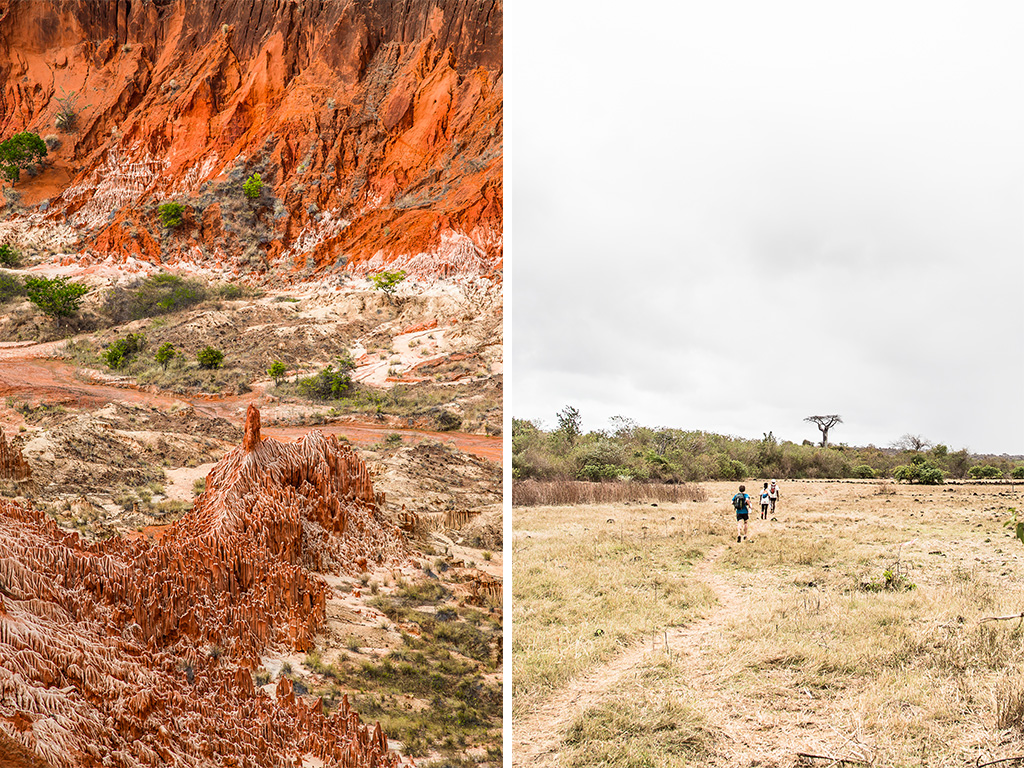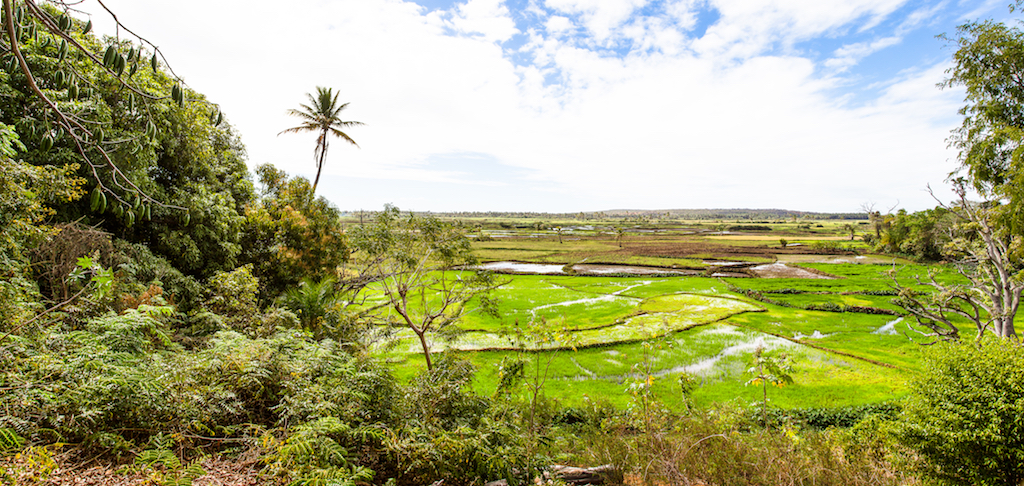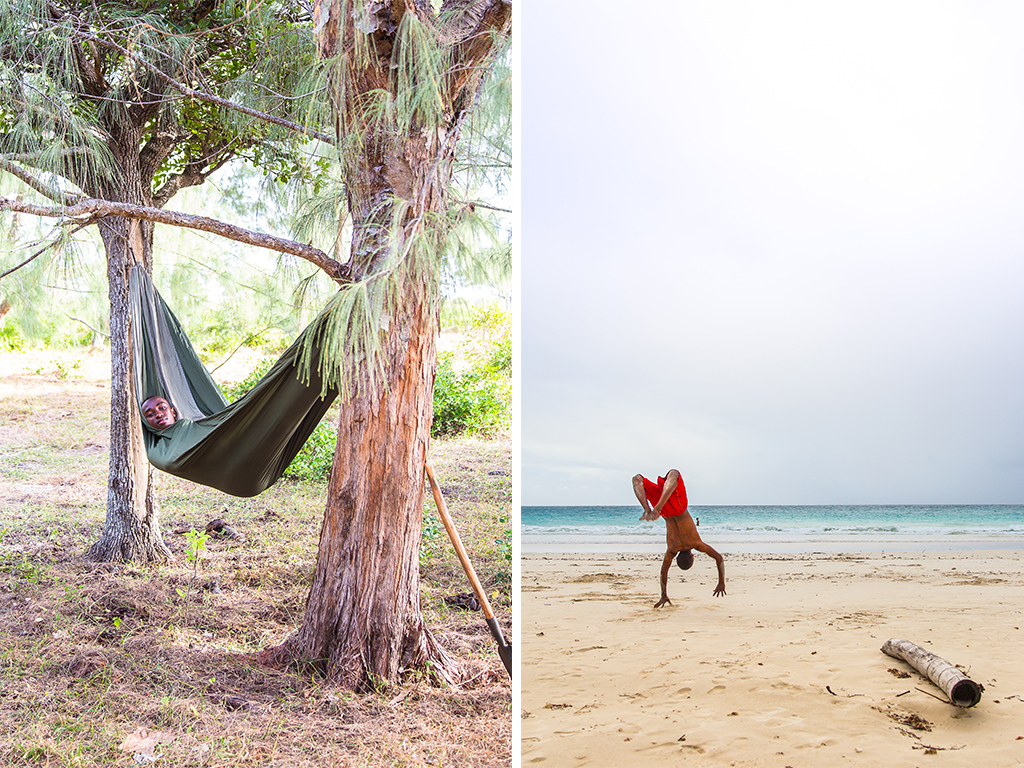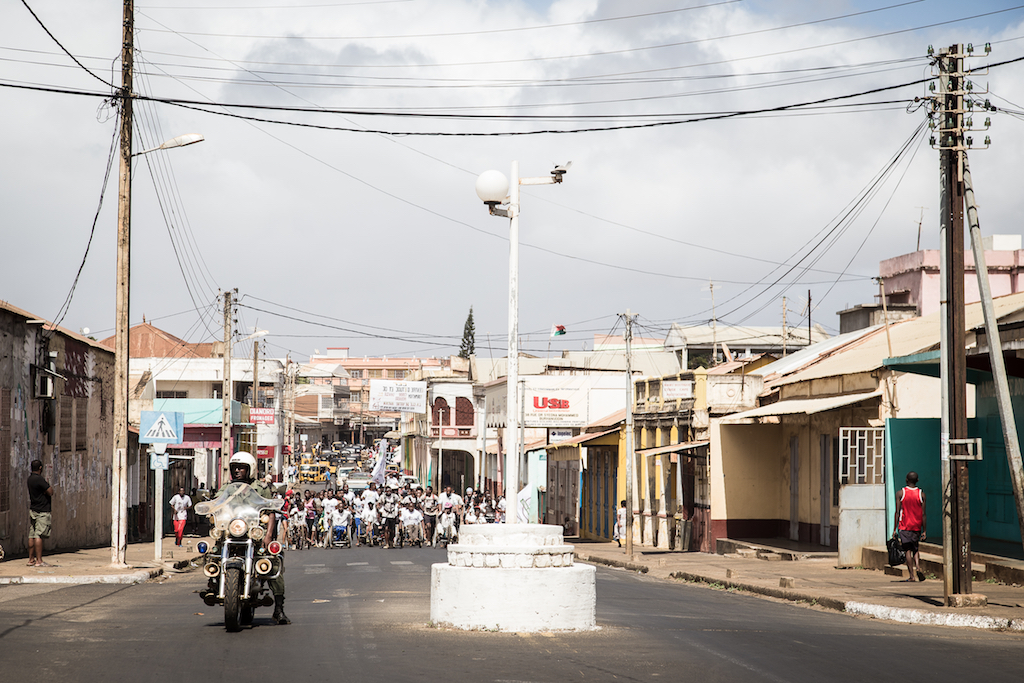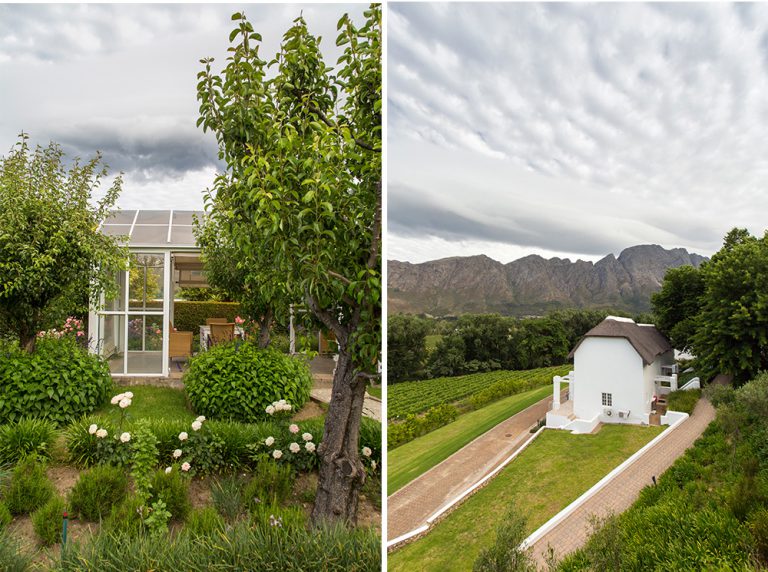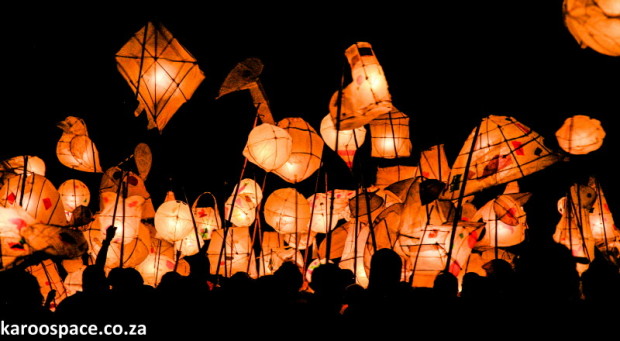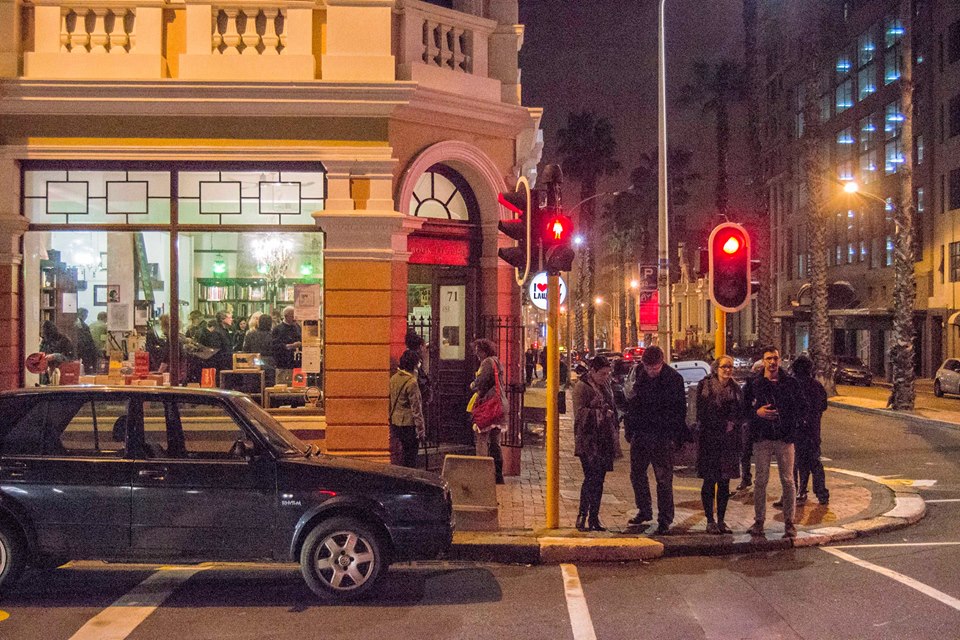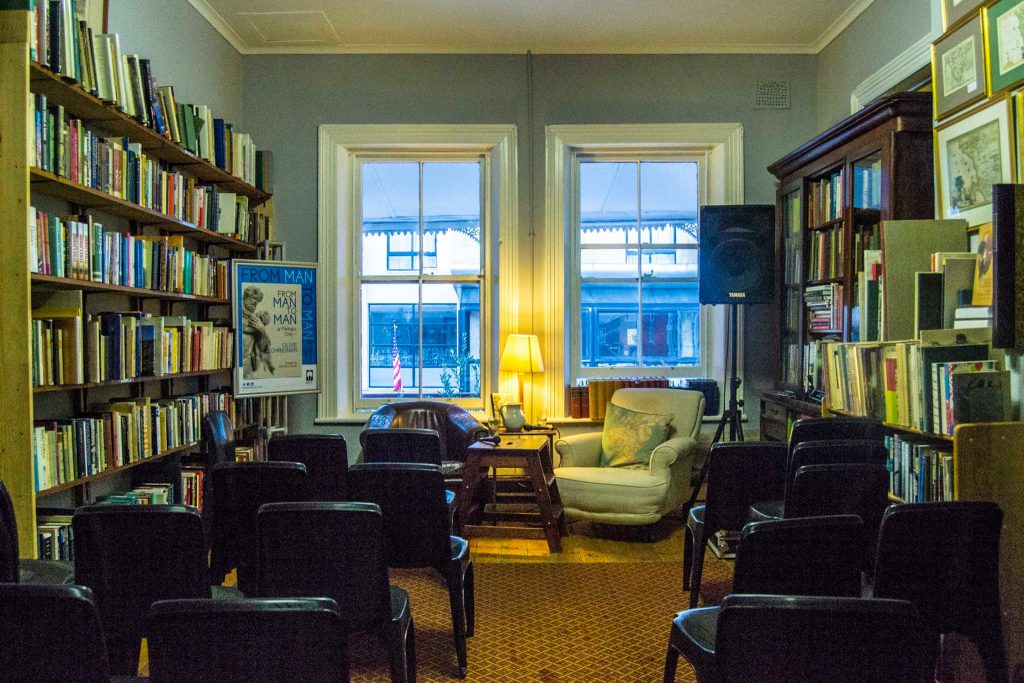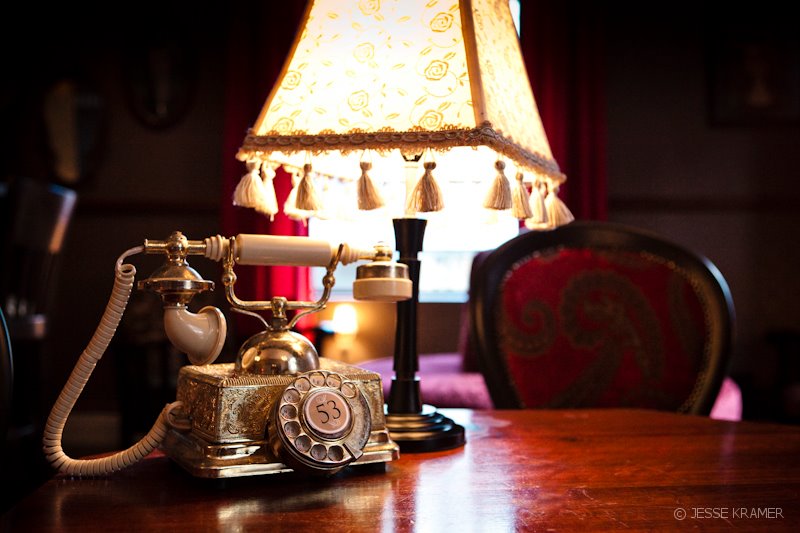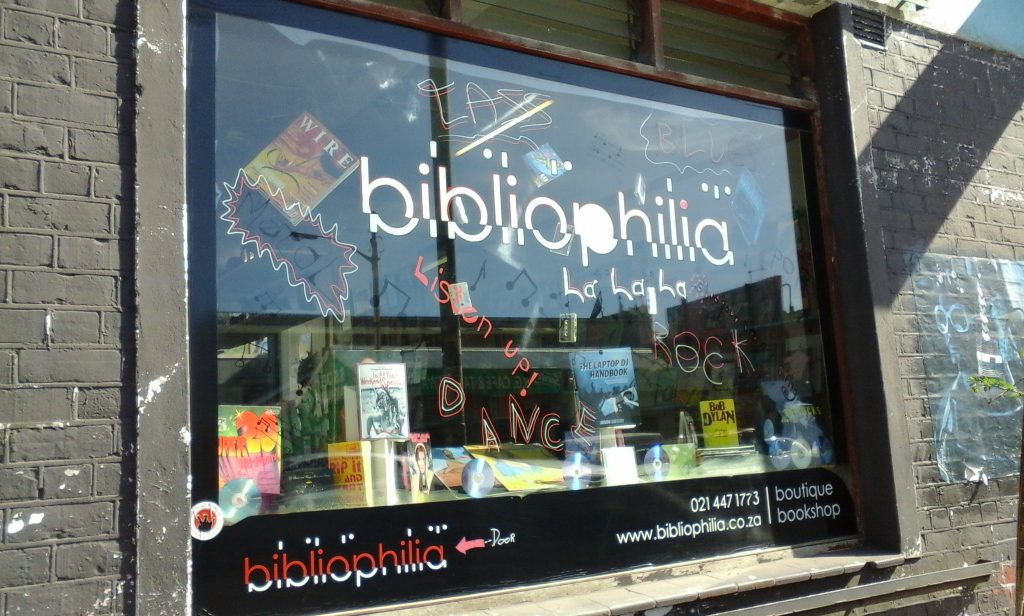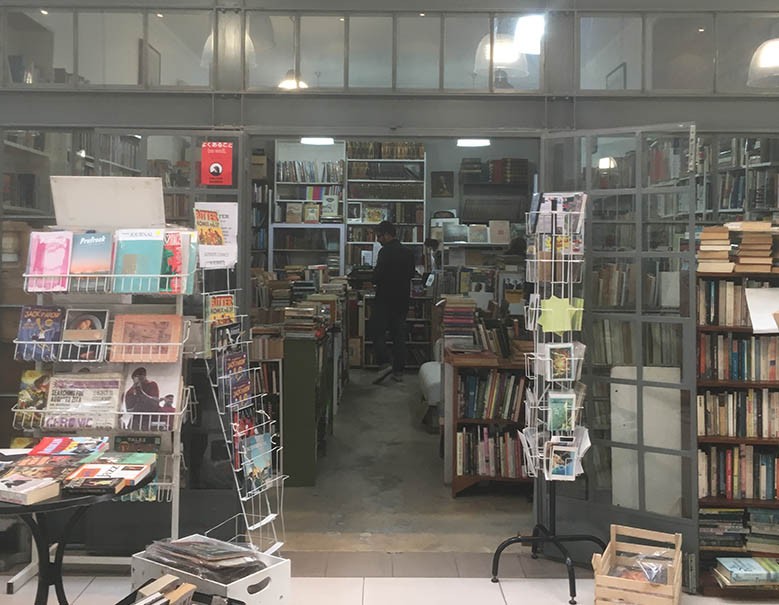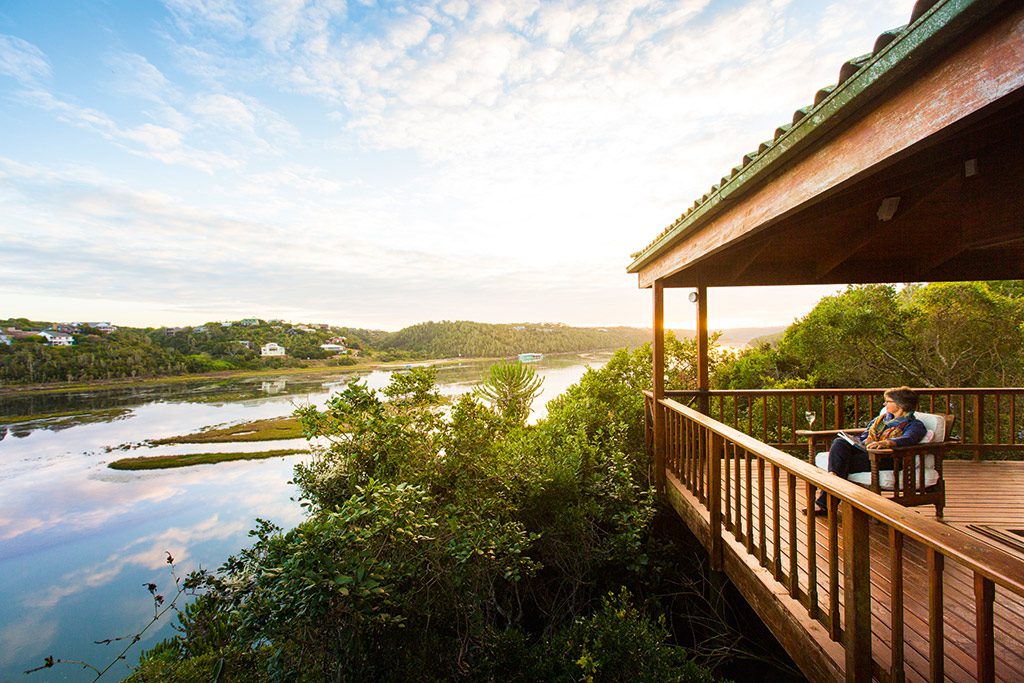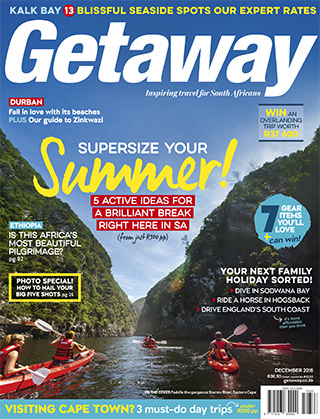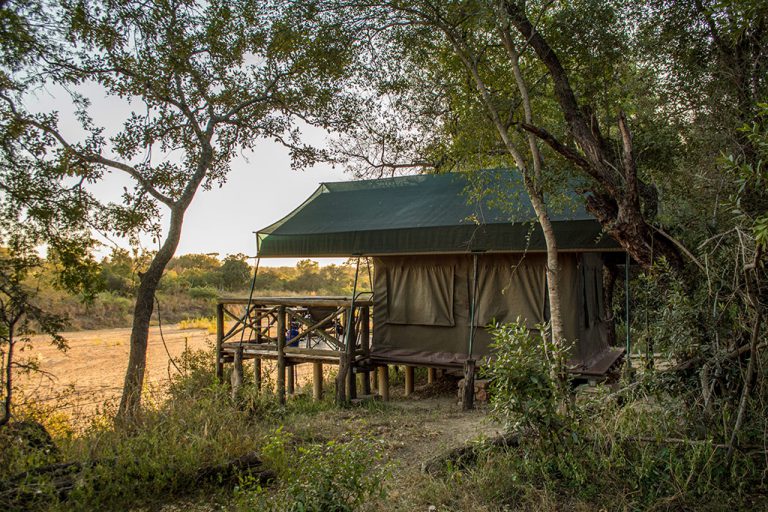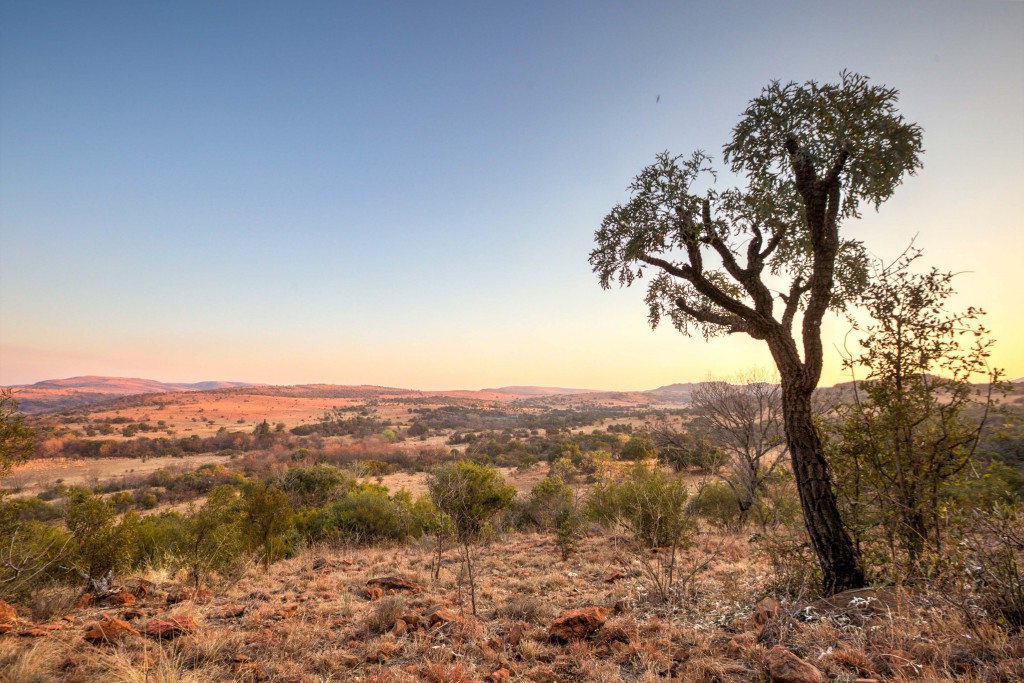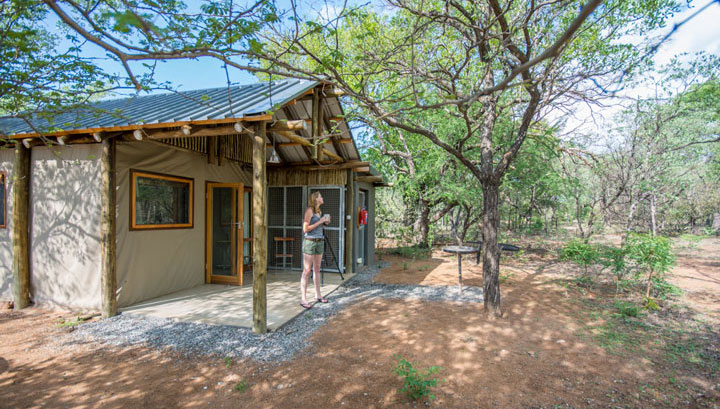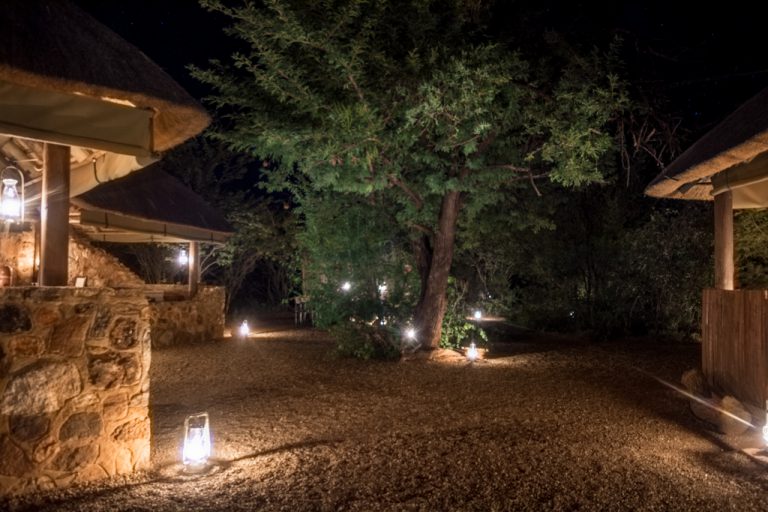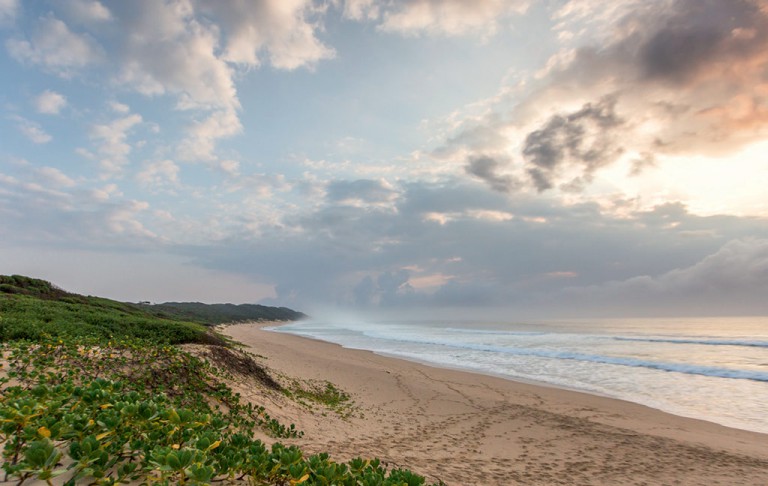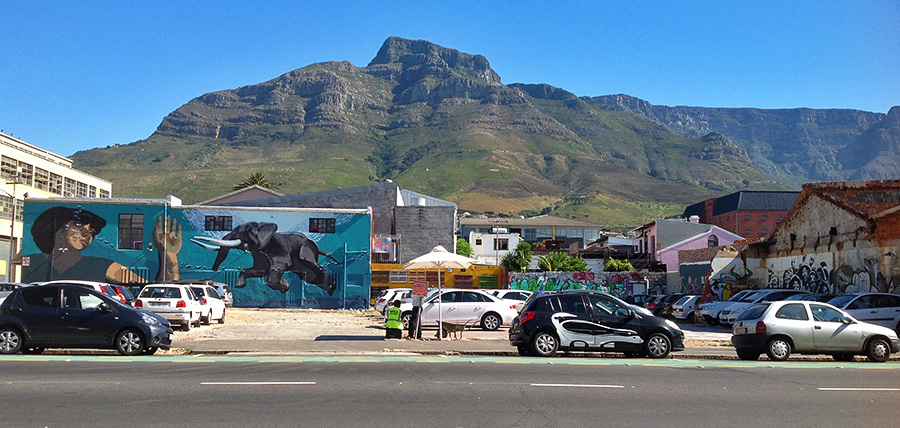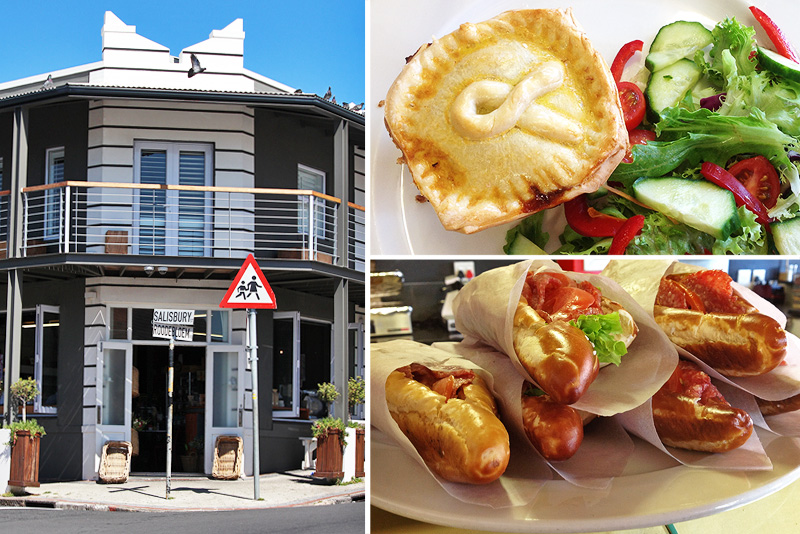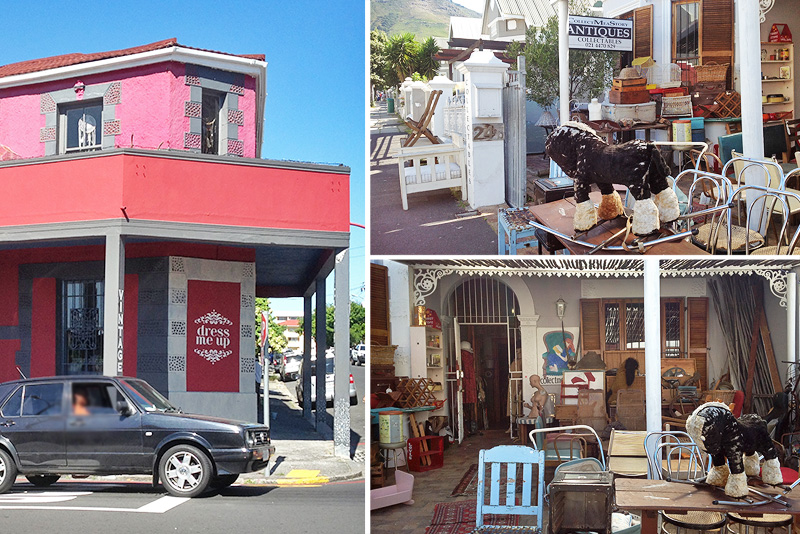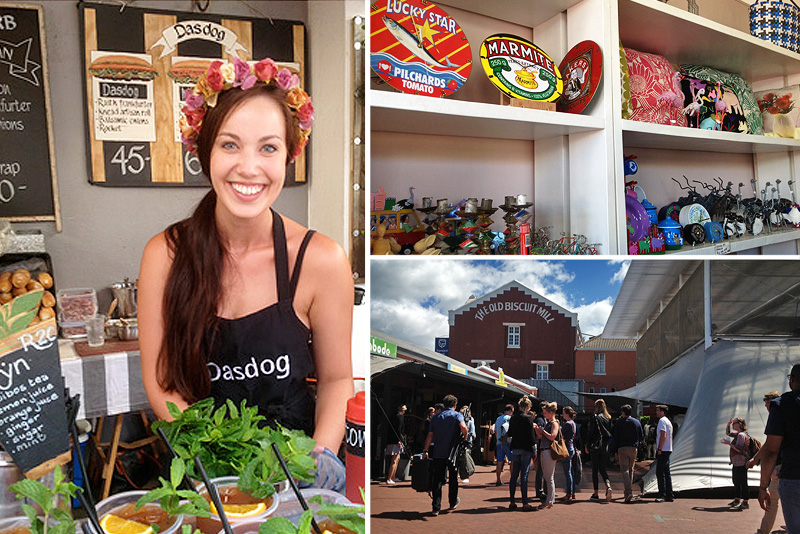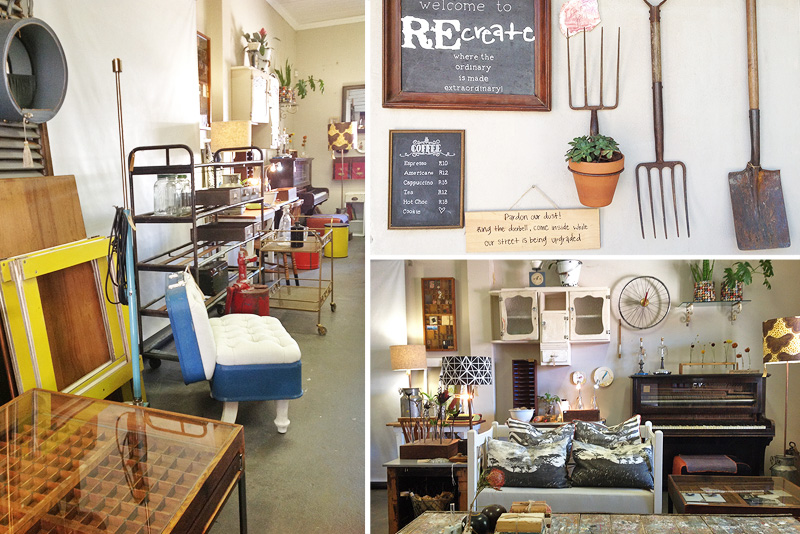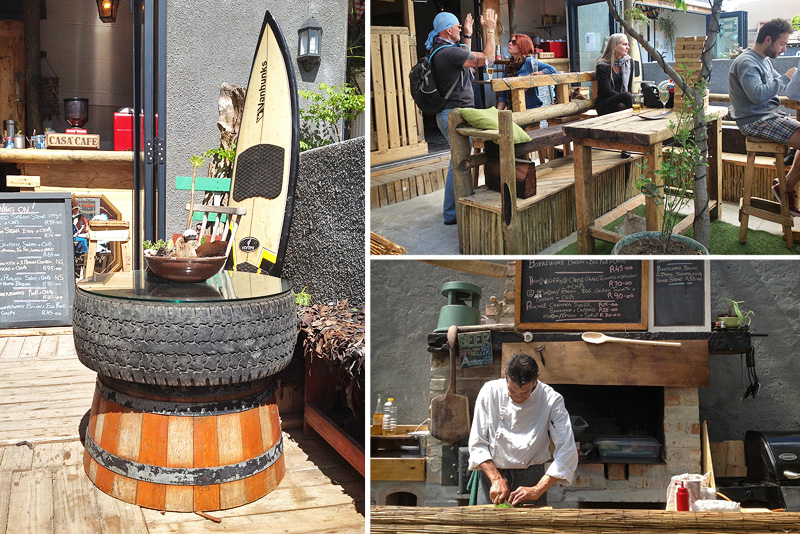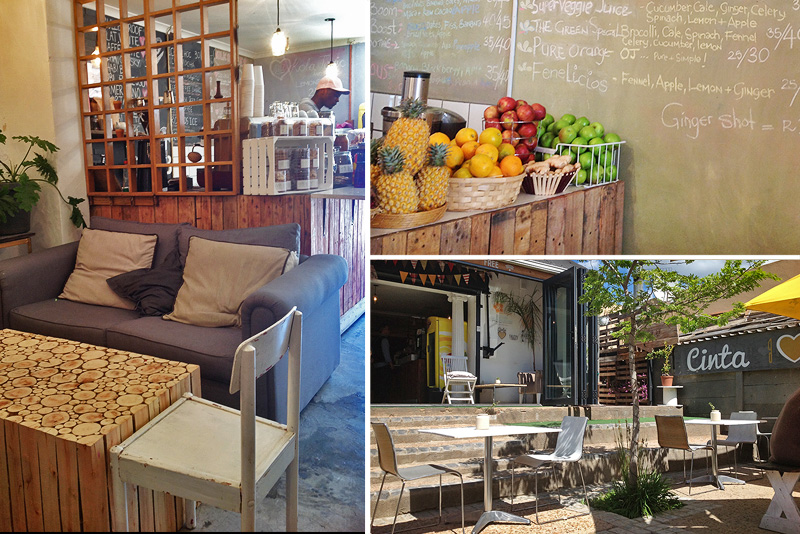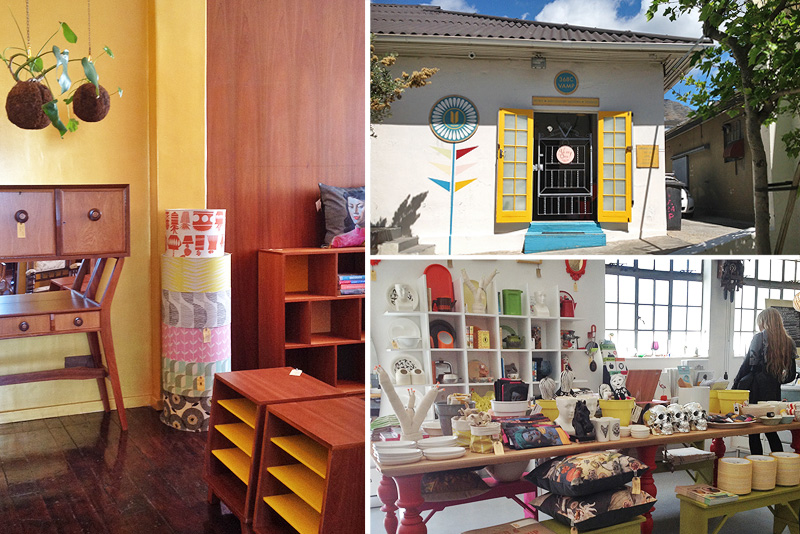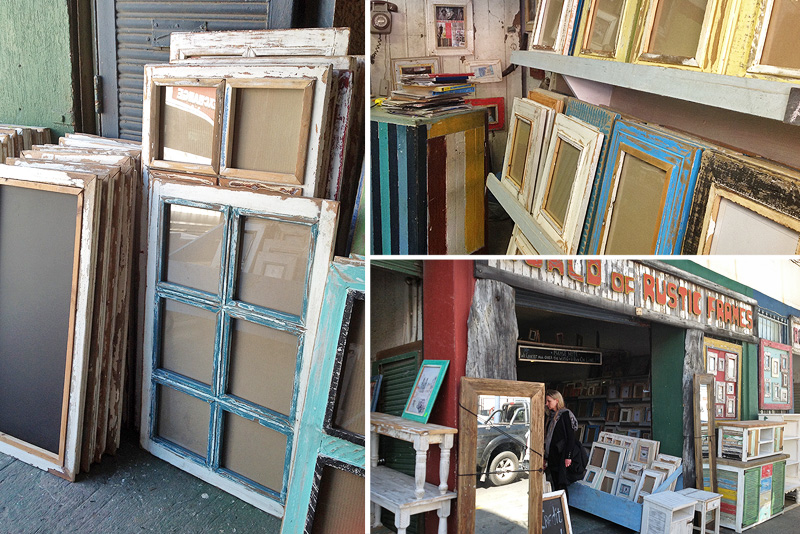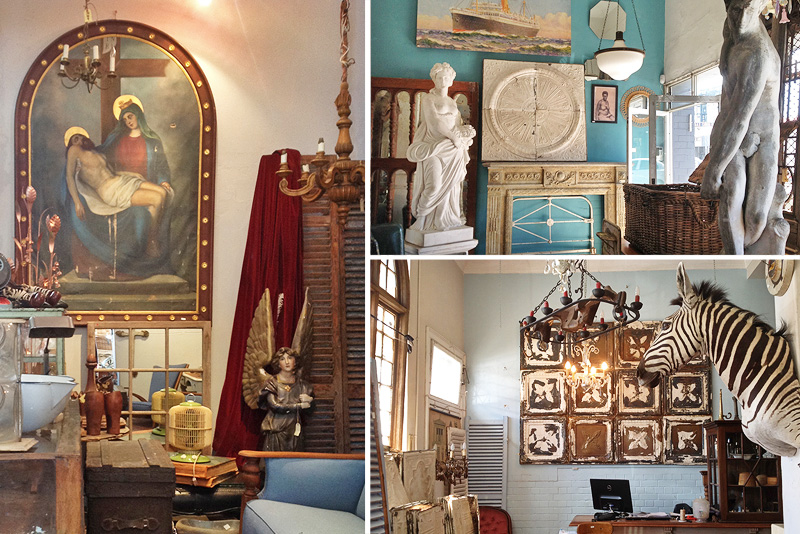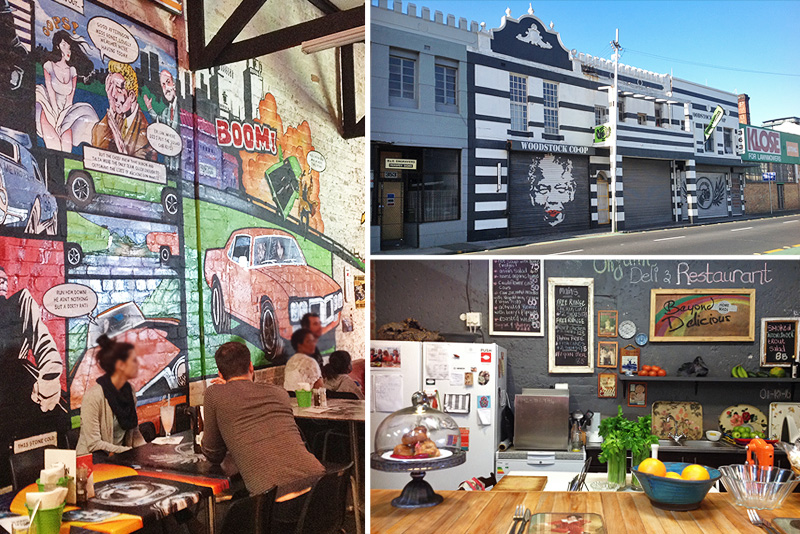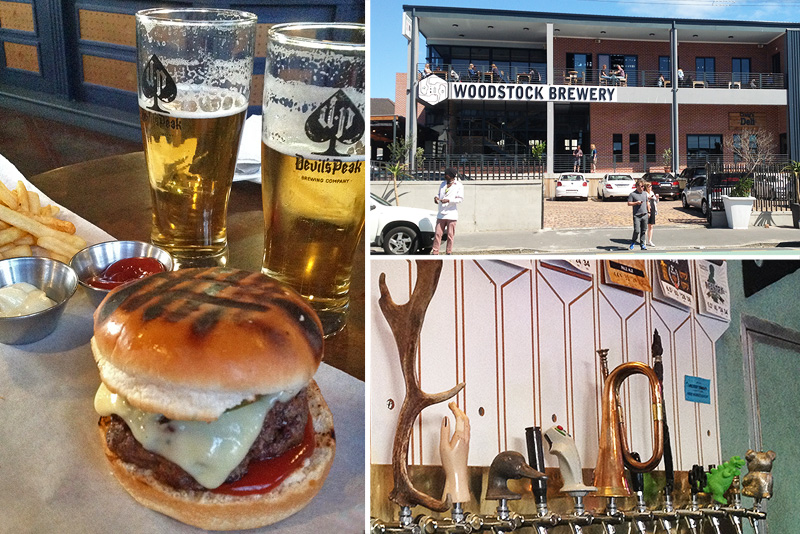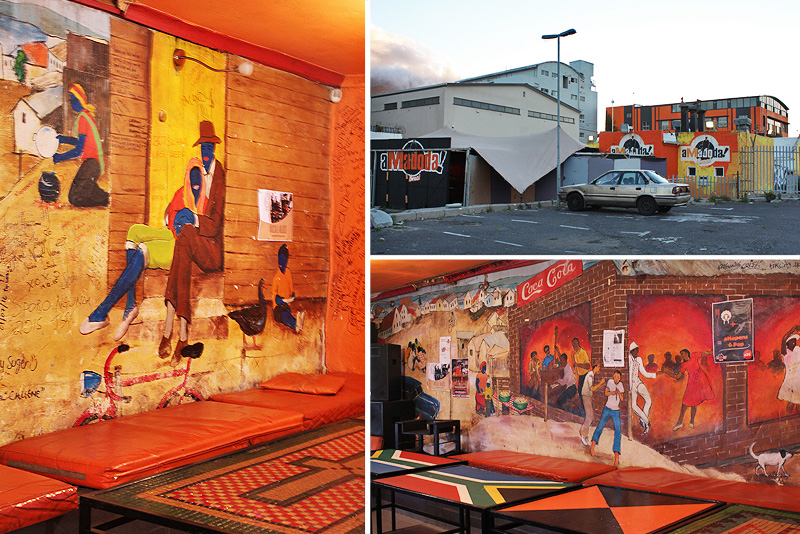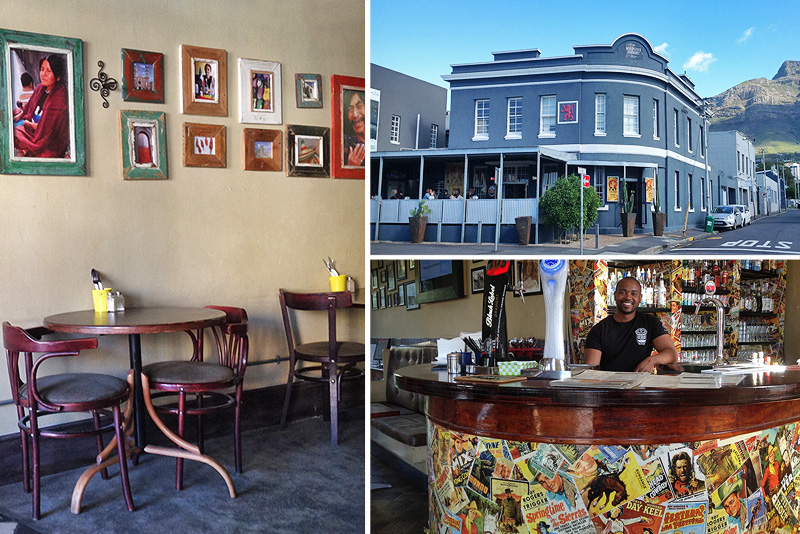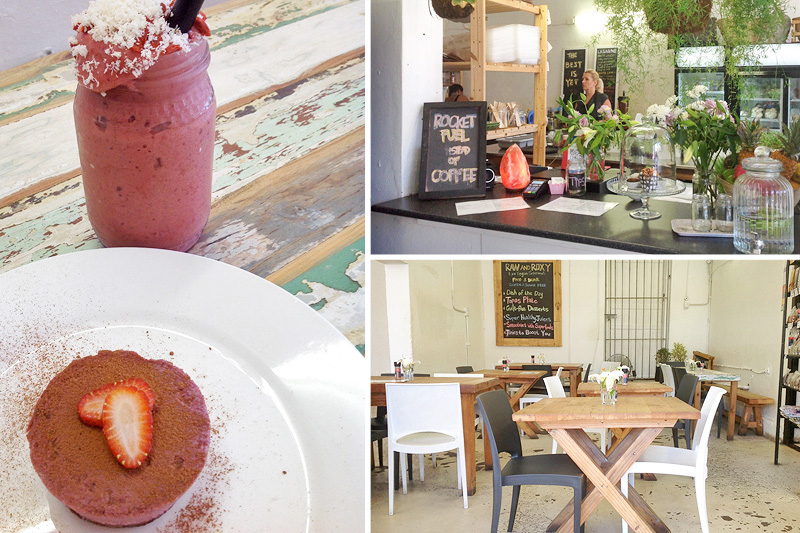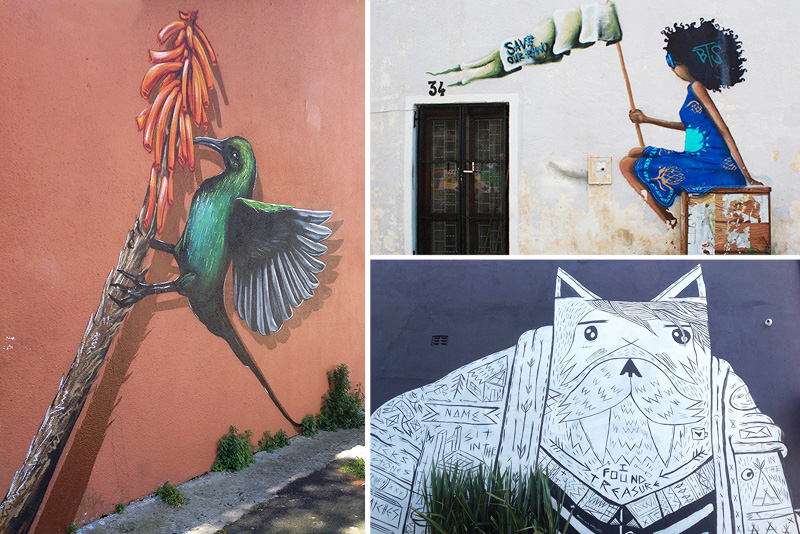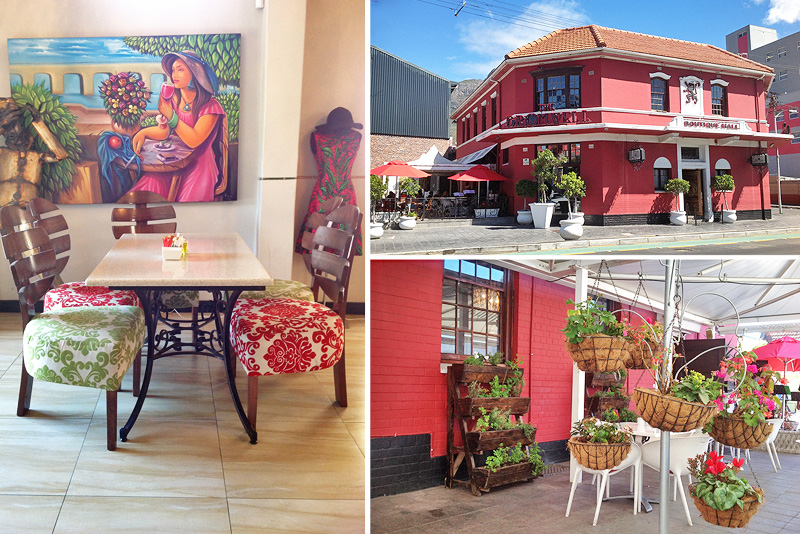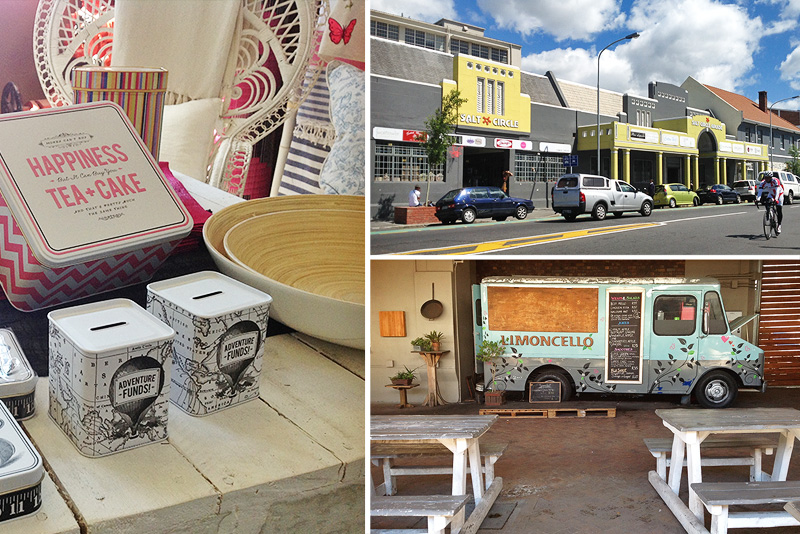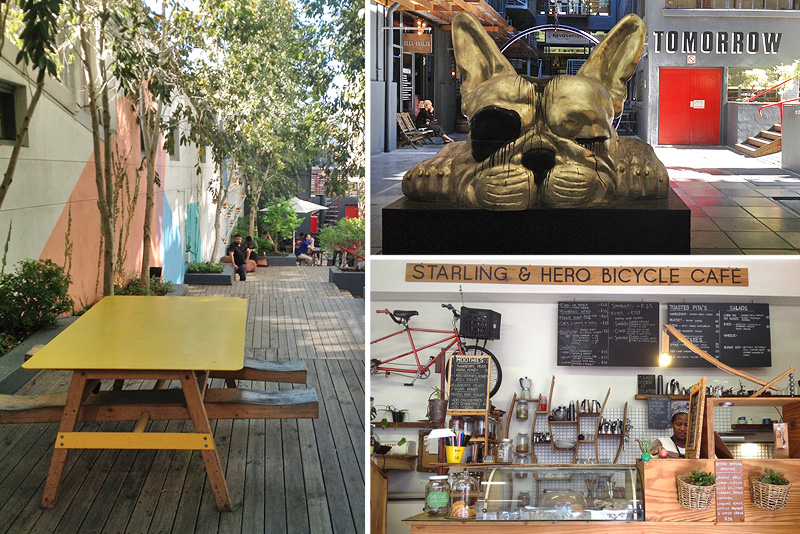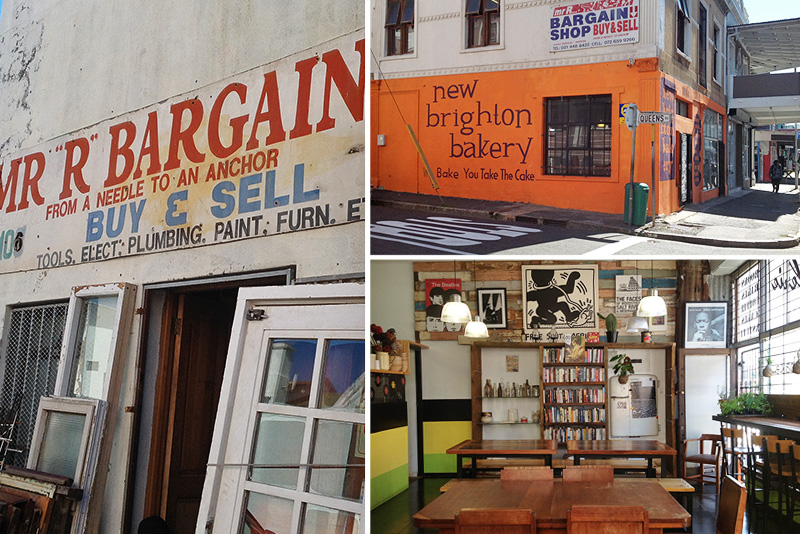
We lucky souls who call Southern Africa home have thousands of square kilometres of desert in which to soak up the warmth of the great outdoors. Jacques Marais uncovers a dozen destinations brimming with action. Welcome to your playground! Photos by Jacques Marais.
1. Hike the Wolfberg Arch and Cracks
Cederberg, Western Cape GPS S32° 29.288’ E19° 16.130’

The Cederberg Wilderness is a place for wondrous wandering, and its vast and colossal landscape bristles with serrated sandstone cliffs, tumbling scree slopes and precipitous valleys. It is a genuine wilderness space, where extreme temperatures have forged a sandstone paradise fit for the outdoor crowd. Get ready for rock-god heaven once you cross the languid Olifants River, with hundreds of prime adventures in this timeless landscape where San hunters once roamed. Few other destinations in SA boast as many hiking routes as the Cederberg, but in my opinion, the Wolfberg Arch and Cracks should top your list. Sunrise at the arch is supernatural, but in order to soak up those first rays, you’ll need to be out of your sleeping bag by 4am. Hike from Sanddrif campsite along a steep footpath via the Valley of Red Gods into the Cracks, with a spot of mild scrambling in these sandstone slots. This section should not take you more than 90 minutes to two hours before the trail then continues onto a boulder-strewn plateau and to the breathtaking sandstone arch itself.
Adrenaline rating 6/10
There’s a steep hiking and a tricky rock scramble and squeeze through the cracks. The steepest and most technical section of the ascent is just before you enter the Cracks, with the potential of low-level vertigo. Watch out for loose rocks along the path and expect some sandy terrain higher up along the trail. You may bump into the odd snake along the way, too.
Do it: The approximately 14-kilometre round trip can take anything from five to nine hours, depending on fitness. Permits cost R100 per person. 0274822825, cederbergwine.com/sanddrif
Stay here: Sanddrif has excellent, well-shaded campsites on the edge of the Matjiesrivier, as well as self-catering chalets. Camping from R200 per site and chalets from R850 (sleeps four).
Local secret: Cederberg Wines rates right up there with the top producers in SA and is also the highest estate above sea level. Try their Merlot-Shiraz blend to bring out the flavours of your braai (R102 for a bottle). cederbergwine.com
Superhumans only: The Cederberg Traverse is a 48-hour, 100-kilometre run with a 3 800-metre ascent. It takes place on 15 October 2016 and costs R3 950 but entry is by invitation only. Email your running CV to info@energyevents.co.za for a chance to participate. cederbergtraverse.co.za
2. Run The Bushman Trail
Gifberg Holiday Farm, Western Cape GPS S31° 48.546’ E18° 47.031’

The Gifberg massif and immediate vicinity brim with superb trail-running opportunities, with at least four well-marked routes suited to various levels of fitness and ability. These trails near Vanrhynsdorp are a ‘blooming’ favourite in spring when flowers nudge their way to the surface, while in winter, runners will relish the clear views over the arid Knersvlakte plains.
Adrenaline rating 6/10
The Bushman Trail is a 21-kilometre route with a solid side order of grunt through constantly changing landscape. Expect the odd scramble as you descend to the Doring River.
Do it: If you stay over at Gifberg Holiday Farm, you can hike and run for free, while day visitors pay R30 pp.
Stay here: Gifberg Holiday Farm House offers excellent camping (R70 pp) and a range of self-catering options from R190 per person. 0272191555, gifberg.co.za
Flower power: Gifberg Holiday Farm is the official home of the annual Flower Run and now incorporates the not-to-be-missed Namaqua Flower Festival (2 ‒ 4 September 2016). namaqualandtrailrun.synthasite. com
3. Stargaze at Tankwa Karoo National Park
Western Cape GPS S32° 14.465

Any desert is good for star- trail photography, as their remoteness and low population density generally means pollution-free skies and a lack of external light. The infinite plains of Tankwa Karoo – an arid basin bordering on the Cape’s fynbos domain – is a stellar spot for night-time photos. This national park features a number of secluded accommodation options, and you can set up your tripod without worrying about light pollution or dangerous animals.
Adrenaline rating 2/10
Triple this if you believe urban legends about ghostly floating lights across the Karoo plains! The Tankwa roads are notoriously hard on tyres; make sure yours are in good condition and that you have all the tools required in case you break down.
Do it: Park entry R34 per person. 0273411927, sanparks.org.za
Stay here: The isolated and romantically rustic Elandsberg Cottage remains one of my favourite spots in Tankwa. It’s about 18 kilometres from the Roodewerf park reception. Cottages from R1 200 (sleeps four).
4. Sandboard the roaring dunes
Witsand Kalahari Nature Reserve, Northern Cape GPS S28° 33.990’ E22° 29.256’

Witsand may well be one of SA’s lesser-known nature reserves, but I confidently rate this little jewel as one of my favourite conservation destinations anywhere on the sub-continent. You’ll have total freedom of movement, both day and night, from either the splendid stone chalets or a superb campsite, hemmed in by ancient thorn trees. Grab a stand-up sandboard from the reception and head to the sugar-sand mounds rising up from the thorny Northern Cape ridges. These dunes rate as some of the highest in South Africa, and they make for exhilarating high-speed runs.
Adrenaline rating 7/10
Stairmaster climbs and death- wish descents ‒ not for everyone. TIP: to reach warp speed, rub some Cobra shoe polish on the bottom of your board.
Do it: Park entry is R50 for adults, R30 for children. Board hire R120 per day. 0832347573, witsandkalahari.co.za
Stay here: There are great shaded campsites and rustic chalets. Camping R200 per site (maximum two), additional adults R100 pp and children R70. Six-sleeper chalet R1 200 per unit.
5. Paddle Neus Gorge (and catch a giant barbel)
Green Kalahari, Northern Cape GPS S28° 39.126’ E20° 26.826’

Neus Gorge delivers all the exhilaration, natural grandeur and drama one expects from a day adventure on the Orange River. Get in below Neus Weir near Kakamas and bash through a few white-water rapids before entering the narrow canyon, lined by cragged, volcanic cliffs. Experienced paddlers can trip the ‘Groot Rivier’ solo but newbies should hire a river guide.
Adrenaline rating 6/10
Rapids are Grade 2 to 3 at most, but it is an adventurous paddle nonetheless.
Do it: You need permission (and keys) from local farmers; rather book a guided trip with Kalahari River Safaris (they do fly-fishing trips too). River rafting on inflatable crocs costs R400 pp (including all gear) and gentler nature paddles cost R185 pp. 084-244-4408, kalahaririverandsafari.co.za
Stay here: Safari tents, rustic river huts, self-catering cottages (from R290 pp) or riverside camping (R350 per site) ‒ choose any of these options. See contact details above.
Diarise: In my opinion, the best two-day river canoe event in SA takes place on this stretch of the Orange River every year. The next event is set for 28 April 2017. Entry R500 per person. 0721849090, orangedescent.co.za
6. Walk with wind spiders
Kalahari Trails, Northern Cape GPS S26° 46.430’ E20° 37.900’

Just 35 kilometres south of Twee Rivieren, the southernmost entrance to the Kgalagadi Transfrontier Park, is prime ‘Small 5’ territory. And there is no one better to introduce you to the mini-beasts inhabiting the Kalahari dunes and scrubland than Professor Anne Rasa. Her nature walks have attained legendary proportions among amateur entomologists, and you can join her or her guides on both day- and night-time guided walks. On night walks, guests set off in search of wind spiders (aka solifluges) and scorpions. Ultraviolet torches help to spot these critters in the dark, allowing you to track them as they hunt and mate during the nocturnal hours.
Adrenaline rating 4/10
Walks are generally easy and relaxed (as long as you don’t suffer from arachnophobia).
Do it: The two- to three-hour walks cost R150 pp and must be booked in advance. 054-511-0900, kalahari-trails.co.za
Stay here: On-site accommodation includes camping, an old farmhouse, tented chalets and a private chalet. Camping is R90 per person, the farmhouse is R400 for two sharing, the private chalet is R1 000 pp (sleeps four) and tented chalets R500 for two sharing.
7. Crank under full moon
Ai Ais- Richtersveld Transfrontier Park, Northern Cape GPS S28° 7.340’ E16° 53.533’

The Richtersveld, part of a historic parks agreement with Namibia, may just be my favourite place on Earth. Great rock-sharded mountain ranges ruck up in wild abandon along the ravines gouged over the ages by the Orange and Fish rivers, and are dotted by a profusion of bizarre euphorbia, aloe dichotoma and halfmens succulents. Amid the craggy wild lands, dozens of gravel roads, Jeep tracks and footpaths spiderweb across the landscape, waiting to be explored by bike.
Adrenaline rating 7/10
Riders need to be fit and competent. Trails are anything from 40 to 70 kilometres and follow remote dirt roads and single-track trails. Make sure your tyres are tubeless and have been properly puncture-proofed.
Do it: The main entrance is at Sendelingsdrift. You can go in a sedan, but driving in the park is 4×4 only. Entry R70 adults, R35 children. 054-338-0500, sanparks.org
Stay here: You can’t beat camping at De Hoop or renting a chalet at Richtersberg; both are on the banks of the Orange River. Camping from R230 per site (maximum two people) and chalets from R770 (sleeps four). See contact details above.
Saddle up, sir ridealot: Join the Desert Knights MTB Tour, a six-day trip through the /Ai/Ais-Richtersveld Transfrontier Park from 12 ‒ 18 September 2016. It costs R15 000 per person, all inclusive. 0824661251, desertknights-mtb.com
8. Drive on the edge of an abyss
Fish River Canyon, Namibia GPS S27° 37.141’ E17° 42.899’

Popular myth has it that the Fish River Canyon is the second-largest canyon on Earth; well, it isn’t, but who cares, because it still is one of the most dramatic panoramas anywhere in the world. It’s an easy drive from Hobas to the spectacular ‘Hell’s Bend’ viewing point, but you can also judder left along a bumpy side road to cruise the edge of this 161-kilometre-long and 550-metre-deep gorge. If you’re driving north to the canyon from Noordoewer, don’t miss the Gamchab River 4×4 route, an easy 12-kilometre self-drive that follows the Gamchab riverbed north of Aussenkehr all the way up to the D316. Closer to the canyon, pop in at the utterly surreal Canyon Roadhouse, which rises up on your left like a scene from The Adventures of Priscilla, Queen of the Desert. There is top-quality strudel, excellent coffee and serious automotive retro.
Adrenaline rating 4/10
Namibia is famous for the quality of its gravel roads, and a good SUV will handle most with ease. However, a 4×4 is best for the canyon edge and the Gamchab River trail. Be sure to check fuel supply before venturing to resorts such as Hobas or /Ai/Ais.
Do it: Access to the Hell’s Bend Viewpoint is from Hobas Camp, and open from sunrise to sunset. Entrance costs R60 pp and R10 per vehicle. 021-422-3761, nwr.com.na
Stay here: Camping at Hobas Camp is R158 pp and half price for kids under 16. Alternatively, there are also campsites and luxury lodge rooms at Canyon Roadhouse. Camping from R160 pp. B&B rooms from R1 102 per person sharing. +26461427200, gondwana-collection.com
9. Climb the daddy of dunes
Sossusvlei, Namibia GPS S24° 29.176’ E15° 47.944’

The dunes at Sossusvlei are nothing short of spectacular. Dune 45 (on the cover) is one of the easier climbs – and great for sunsets – but the best one, in my opinion, has got to be ascending the 325-metre-high Big Daddy. Pack some water and hike up its windswept ridges for a breathtaking view of the stark tree skeletons of Deadvlei.
Adrenaline rating 5/10
This may feel like a ‘stairway to hell’ for regular couch-potato types, but the view is brilliant and with a super-fast sand run back down.
Do it: Access is through Sesriem Camp, from sunrise to sunset. Entrance is R60 pp and R10 per vehicle. 0214223761, nwr.com.na
Stay here: Camping at Sesriem Camp is from R180 pp. Alternatively, rooms at Sossus Dune Lodge are from R2 700 per person.
10. Track a desert rhino in Damaraland
Namibia GPS S20° 1.475’ E13° 50.725’

The rugged Damaraland topography tumbles amid the arid skylines of north-west Namibia, unfolding all the way into neighbouring Angola. There are a number of wilderness concessions in the area, offering superb eco-adventures where tourists can experience the wild up close and personal. Tracking a desert black rhino on foot is about as exhilarating as it gets.
Adrenaline rating 7/10
Black rhinos are notoriously grumpy mega-mammals, but experienced guides monitor the excursion to safeguard the group. Still, seeing one is exhilarating and you’ll also get to know more about the peculiar fauna and flora for which Namibia is so famous.
Do it: Rhino tracking is included in the Desert Rhino Camp accommodation rate.
Stay here: Wilderness Safaris Desert Rhino Camp is located in the centre of the largest free- roaming black rhino population in Africa. Rooms from R4 450 per person sharing. 0118071800, wilderness-safaris.com
11. Twitch on a fat bike
Tuli Game Reserve, Botswana GPS S22° 12.842’ E29° 05.687’

The Tuli Block, a semi-desert sliver of land between SA and Zimbabwe, incorporates a diverse range of habitats to make it one of the continent’s top birding destinations. More than 350 species have been listed here and the area is especially known for its abundance of owls, including the exceedingly rare Pel’s fishing owl.
Adrenaline rating 3/10
The Tuli Block consists mainly of privately owned game farms; dangerous game roam freely here and due care should be taken.
Do it: Solo or guided mountain-bike rides can be tailored for birding groups at either Mashatu or Tuli Game Reserve. The three-night Mashatu Wilderness Trail costs R6840 per person. 0823165531, mtbsafaris.com
Stay here: Stylish Limpopo Camp, in Tuli Game Reserve, is right on the Limpopo River. From R950 pp (minimum four adults). 012-548-1812, tuligamereserve.com
12. Listen to the roar of black- maned lion
Kgalagadi Botswana GPS S24° 21.482’ E20° 37.545’
Dusk at Kaa Gate is prime time for lions, drawn to its waterhole for a pre-prowl drink. As night falls, the lions get active, roaring their presence to friend and foe alike. Kaa’s unfenced stands are usually used for late arrivals and pitching camp in the lion-filled blackness can be nerve-wracking.
Adrenaline rating 7/10
A distant roar is a beautiful thing, but at 100 metres, in the fenceless dark, there’s no doubt who’s king of the Kgalagadi.
Do it: The Botswana Department of Wildlife and National Parks manages this section of the Kgalagadi Transfrontier Park. Entry R30 pp and R6 per vehicle.
Stay here: Camping at one of Kaa Gate’s two stands is R40 per person. +2673180774, dwnp@gov.bw
This article, 12 ultimate desert thrills for adventure seekers, was originally posted on the Getaway Blog by Getaway.







